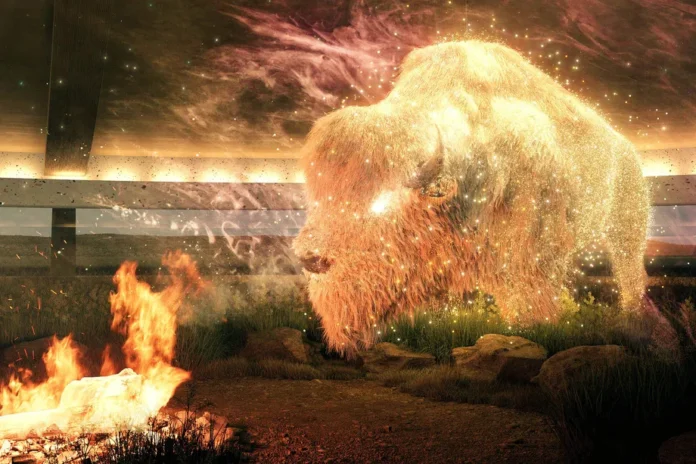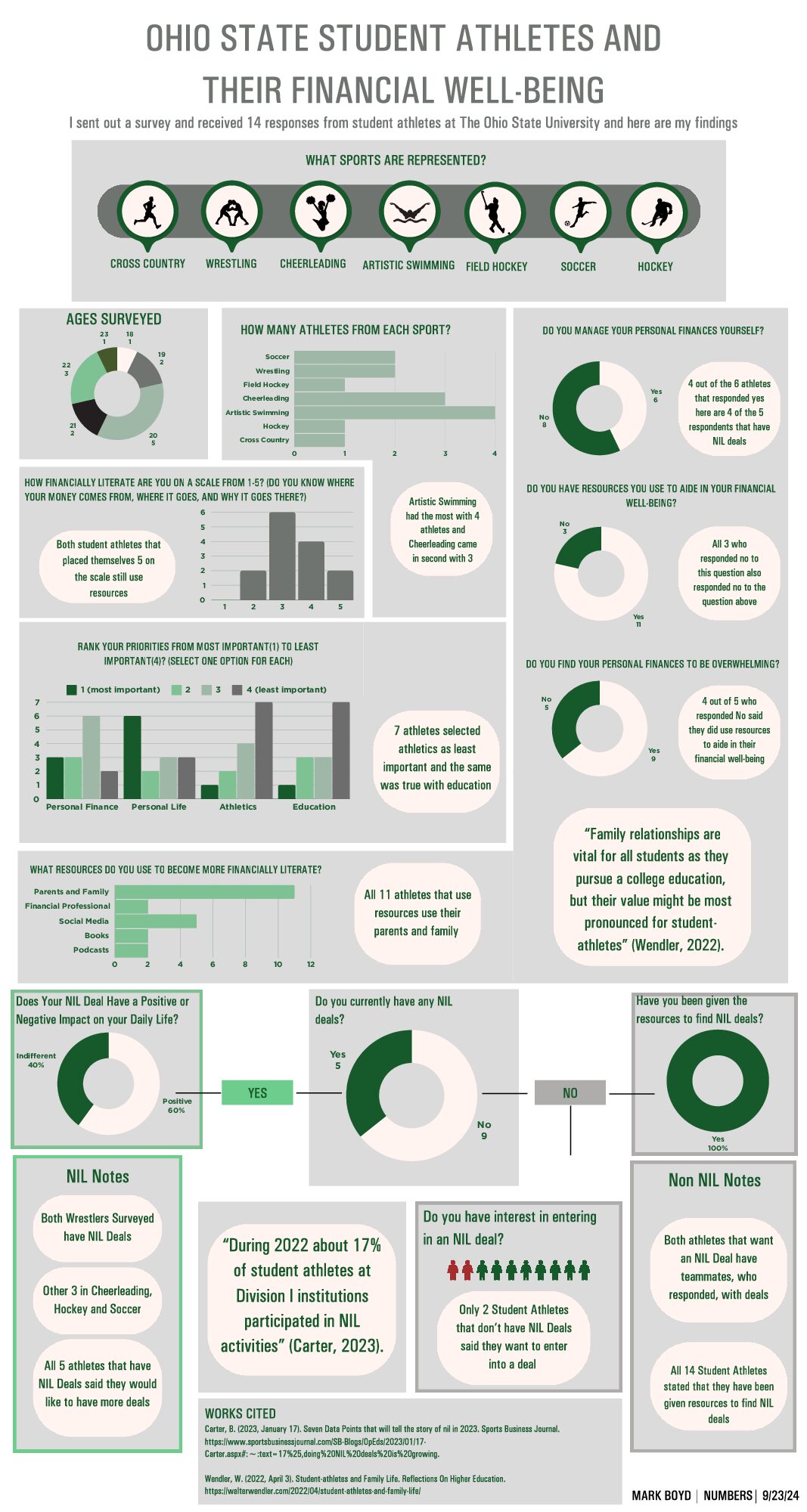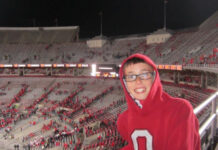I sat on my couch, a virtual reality (VR) headset strapped to my face, my feet hovering over a campfire. If I craned my neck up, I could see the stars. Two trickster poets, young Indigenous men, approached me and looked me straight in the eye. They’d just guided me through true, heart-wrenching stories about other Indigenous men: one who was abused in foster care as a child, and one who died waiting for care in a hospital emergency room for 34 hours. Now, the poets told me, it was time for me to bear witness and consider what my role in the story might be.
The intimacy of their gaze was a little uncomfortable. It was nothing like watching a movie in which someone looks straight into the camera. I was aware of my eyes, my face, my expression, my impulse to look away, even though I knew they couldn’t see me.
“I wanted people to look them in their eyes, and be able to see their faces closely, clearly in a different way than you would see in 2D media,” the director of This Is Not a Ceremony told me when I called him afterward. Colin Van Loon is a native artist from Alberta’s Piikani Nation; he works under his traditional name of Ahnahktsipiitaa. He hoped that experience might foster a deeper understanding of the stories themselves.

He was right. But it sure wasn’t what I had expected.
Van Loon’s piece stuck with me not just because of the subject matter, but because it made me aware of my own body in a startling way.
This Is Not a Ceremony was among the most affecting pieces I’d seen in 2022’s New Frontier section. This year, about three weeks before the festival was slated to begin, Sundance pivoted from an in-person event with robust virtual offerings to a fully virtual event. But New Frontier was the least affected section; the Festival had already announced that the section would be entirely hosted in the Spaceship, their VR platform. (The “spaceship” metaphor furnished some fun visual touches; in some places, you could look out the windows and see the earth passing below.)
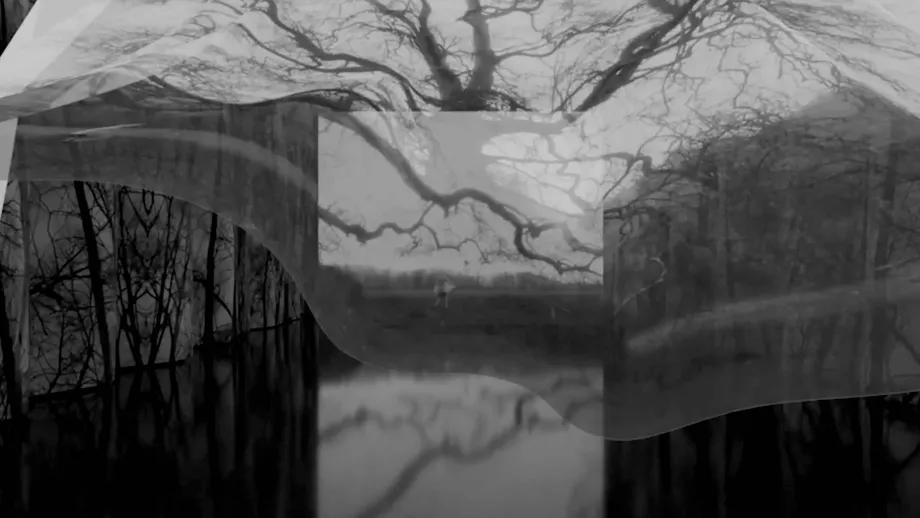
Roaming the Spaceship’s gallery during Sundance revealed that artists are thinking about VR in many different ways. For instance, Seven Grams, directed by war correspondent Karim Ben Khelifa, turns audiences’ phones into portals to see the human cost of creating those very devices. I watched — or, really, listened to — 32 Sounds, a documentary that felt like bathing in aural sensation. They Dream in my Bones – Insemnopedy II, by the artist Faye Formisano, takes the viewer on a journey through a fluttering dream reality lodged in the bones of a skeleton.
Van Loon’s perspective startled me. “I’m very excited by this idea that [VR] connects the mind and the body,” he says. You might jump the first time a monster appears in a horror movie, he says, but probably not the second or third time you watch the movie. But in a VR experience — he cites one in which you’re standing on top of a tall building, feeling vertigo — your brain can’t quite handle it, and your body reacts: “There’s nothing I can tell myself that will take away from this reaction, and I think that’s such a powerful tool for storytelling, whether it’s fiction or nonfiction.”
That also makes VR a unique space in which to create art. One of the best films in the festival was an extraordinary documentary entitled We Met in Virtual Reality, directed by Joe Hunting and entirely filmed on the social VR platform VRChat.
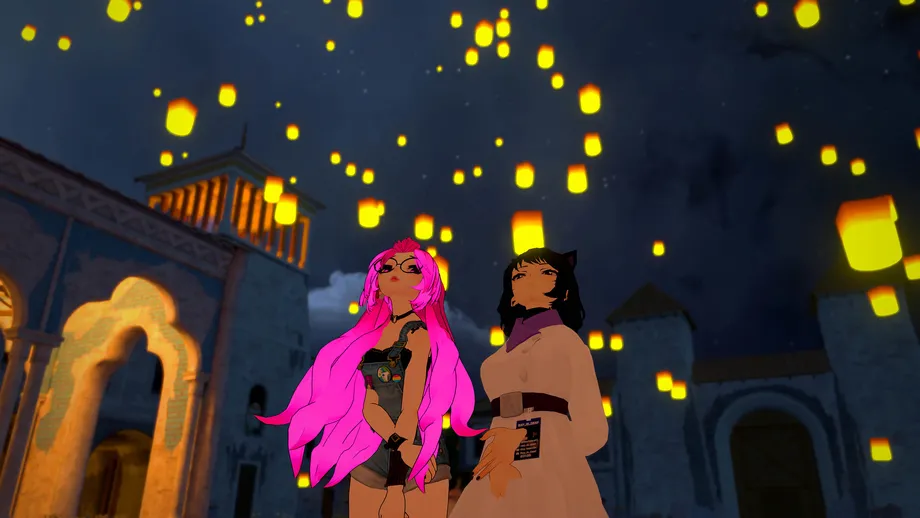
Hunting and I talked via Zoom, and he told me that he actually shot his movie as an avatar, holding a virtual camera, replicating the experience of real-life production: adjusting aperture, shooting handheld, and zooming in and racking focus, just as he would in a physical production.
The goal of great art is never just to provide an escape from this world. It’s to dislocate the audience — the reader, the watcher, the listener, the viewer — from their present context so that when they return to it, they see it differently. Escape has its place, but great art eventually directs us back to the world around us, helping us see it in a new way, and more importantly, see what it could be.
Similarly, Van Loon notes, there’s a danger in depending on VR too much to create “empathy.” “It’s something we have to be very careful with,” he says. “It’s terrible that somebody can watch somebody’s life, take off the headset, and forget about the act of witnessing.”
And the VR artist is facing a world rife with challenges. The technology is still expensive and not always easy for your average person to use, if they even want to.

Documentary filmmaker Sam Green had come up with a delightful plan to debut his 32 Sounds on Sundance’s opening night, with a flesh-and-blood crowd and a virtual crowd being able to see each other filing into their respective theaters before the film began.
In the end, 32 Sounds only premiered in virtual reality. It’s a documentary about sound, designed to be watched as a film while wearing headphones, or live via a full VR headset. The sound is carefully designed so that you feel like you’re in the film, rather than just an observer, in a way that’s even more immersive than a state-of-the-art movie theater.
Using VR to help audiences re-situate themselves in space and time might be able to change the way they see the world. And in the end, that’s what the art that lingers in our subconscious — like a dream with some insight for us to attend to — can do best.
Reflexive Analysis
Virtual reality experiences are quickly expanding, offering new experiences to users from the comfort of their own homes. Media integration has always found a way to seep into all aspects of our lives, so seeing VR follow the same path isn’t surprising.
What is surprising is the impact this sort of art is having on people. Because of it’s immersive nature, some VR experiences can truly be too overstimulating to the point of unwatchability. Not only this, but the emotional and mental implications of VR can really harm an unprepared viewer and cause minor traumas, or worse, desensitization. How far will we go for art’s sake? Sharing life’s stories in this near-to-life adventure may make the real world seem dull, or distance oneself from their empathy as they overcrowd their brain with immersive overload.
Can all art eventually be shoved into the virtual reality spaces? What purpose would that serve? Why would we want to? Where is the line between film and video games in VR? Can VR eventually become indistinguishable from real life? What happens then? Will people still want to occupy space in the real world when their dream life is just a headset away?
Wilkinson, Alissa. "Can VR art help us see the real world differently?" Vox, 30 Jan. 2022, www.vox.com/22906200/virtual-reality-vr-art-sundance-2022. Accessed 15 Sept. 2022.

